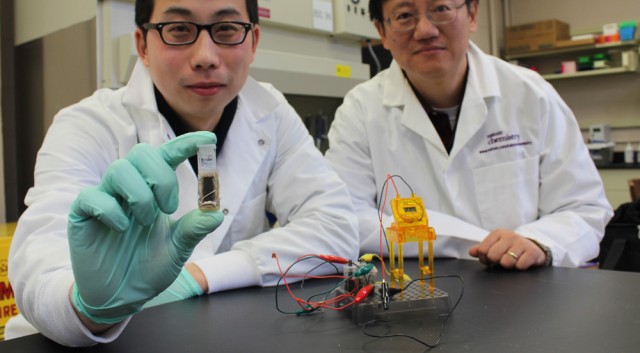(Calgary, Alberta) Australian wildfire facts are being blocked from public distribution by the International Fact Check Network (IFCN), Poynter Institute and facebook. Friends of Science Society has issued a rebuttal to Climate Feedback’s Australian wildfire analysis, a member of IFCN, that claims human-caused ‘climate change’ is the culprit behind Australian wildfire stories, not arsonists or untenable fuel load. In turn, relying on Climate Feedback’s ‘authority’, facebook has been demoting page quality of those who post Australian wildfire stories that don’t fit the climate catastrophe narrative. Friends of Science wildfire expert says “fuel rules” in the case of wildfires, not temperature.
Facebook and Poynter Institute have partnered in a journalism ‘integrity’ project intended to prevent the spread of false news, but instead, they are promoting a singular climate dogma narrative. Most mainstream media outlets toe the line on the pronouncements of Poynter’s IFCN/Climate Feedback without question. Friends of Science Society argues that this is contrary to the principles of freedom of the press and is damaging to the safety of the public.
Decades of detailed wildfire research by the National Fire Protection Association, a global non-profit established in 1896, has shown that proper setbacks of shrubbery, removal of combustible material, and other house-proofing measures can significantly increase the likelihood that a house will survive a wildfire. Wildfire management techniques like clearing firebreaks and managing combustible fuel loads of dead or dry shrub vegetation and the cutting of firebreaks are well-known, successful wildfire risk reduction techniques.
In their rebuttal to Poynter’s “Climate Feedback”, Friends of Science Society points out that in Alberta, the 2011 statistics of human caused fires versus those caused by lightning reached 72% in the five-year average. Human-caused wildfire includes arson, accidental or negligent activity and fires started from human infrastructure issues – like power lines sparking on contact with tree branches. Some of the largest Canadian wildfires, like the 2011 Slave Lake catastrophe, have been identified as arson.
For those people demanding climate action to reduce carbon dioxide from human industry, the grand irony is that poor forestry and fuel load management lead to wildfires which in turn emit huge quantities of carbon dioxide, as reported by Esquire. Proper forestry management would reduce those emissions.
Many climate activists condemn Australia as being at fault for climate warming because it is a coal-producing nation. Based on those claims, Australia is facing economic trade wars by Greenpeace, BankTrack, and even Greta Thunberg. But as discussed in Friends of Science Society’s “Burning Questions” 2015 report, wildfires, especially those that create huge Pyrocumulonimbus clouds, are a significant driver of climate change. “The Untold Story of Pyrocumulonimbus” explains the complex findings of wildfire’s influence on climate and environment, with the research led by Mike Fromm of US Naval Research Lab.
Likewise, Friends of Science Society’s report “Unfriend ENGOs – Befriend Facts” deconstructs the green trade wars against essential prime power industries like coal, natural gas and oil, driven by environmental groups acting as proxies for ‘green billionaires’ who are deeply invested in pushing global cap and trade, carbon pricing and their vested interests in renewables.
Climate activists, Poynter and facebook are suppressing freedom of the press and freedom of speech, while falsely proclaiming a climate emergency, a concept developed by a clinical psychologist in the US, intended to scare people into compliance. The same “Climate Mobilization” organization advocates for World War II style rationing, managed economy, and massive restrictions on freedoms.
On April 6, 2020, Friends of Science Society’s 17th Annual Event “Freedom of Speech! No Climate Emergency” will host investigative journalist Donna Laframboise to address these diminishing freedoms, and Dr. Roy Spencer, who will offer “10 Reasons Why There is No Climate Emergency.”
Friends of Science Society is an independent group of earth, atmospheric and solar scientists, engineers, and citizens who are celebrating its 17th year of offering climate science insights. After a thorough review of a broad spectrum of literature on climate change, Friends of Science Society has concluded that the sun is the main driver of climate change, not carbon dioxide (CO2).
Friends of Science Society
P.O. Box 23167, Mission P.O.
Calgary, Alberta
Canada T2S 3B1
Toll-free Telephone: 1-888-789-9597
Web: friendsofscience.org
E-mail: contact(at)friendsofscience(dot)org
Web: climatechange101.ca




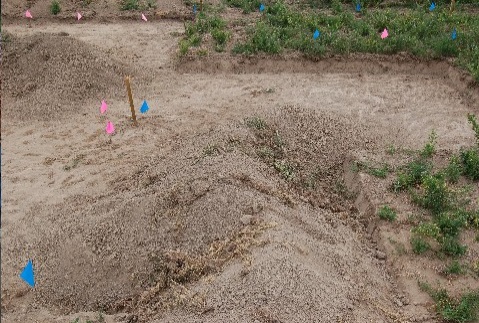
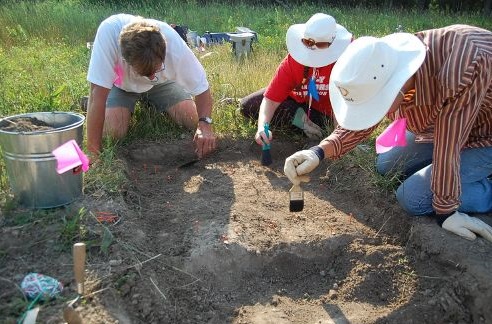



















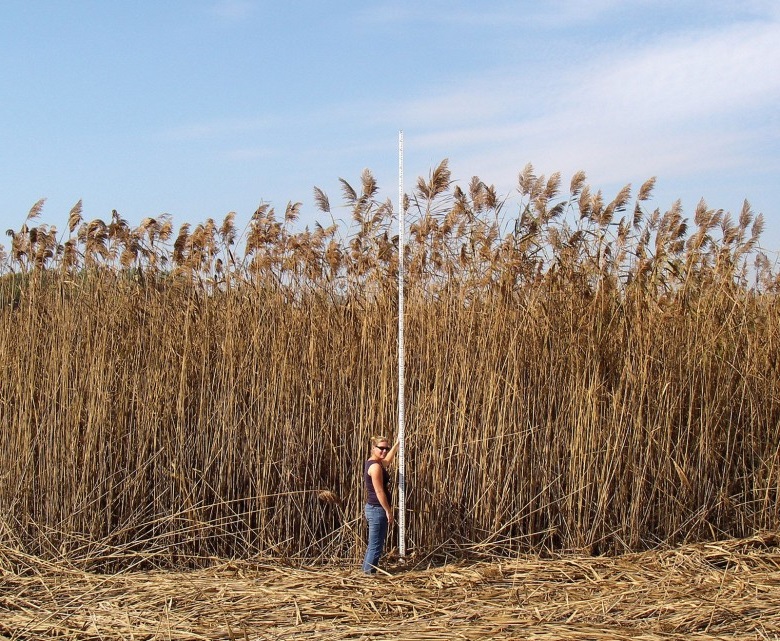









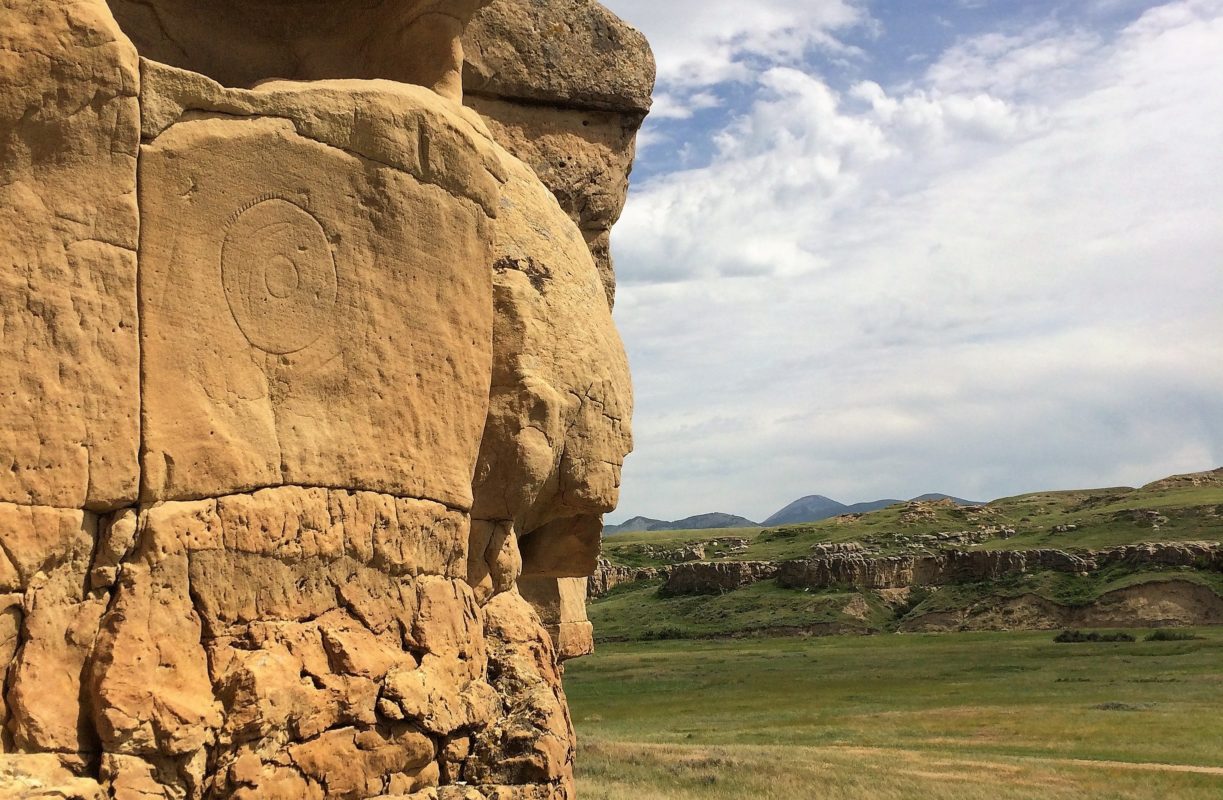








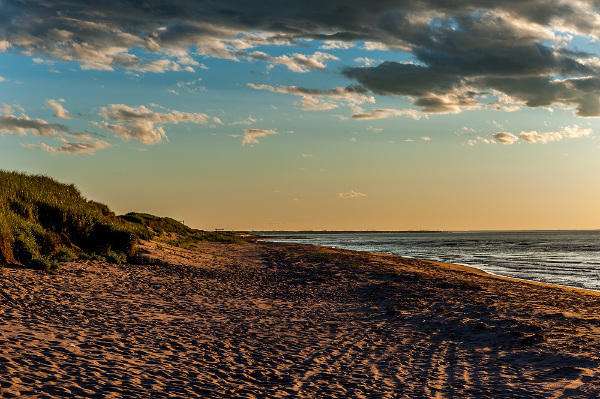

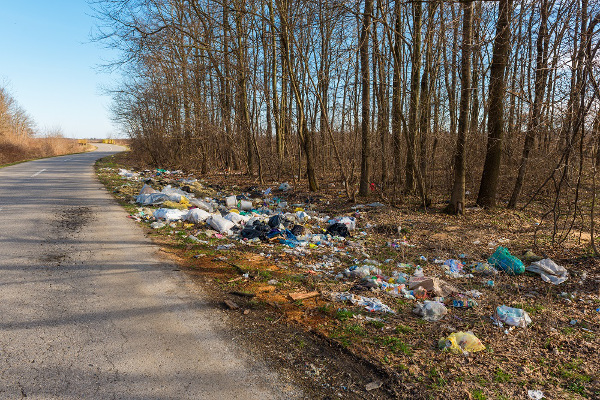



















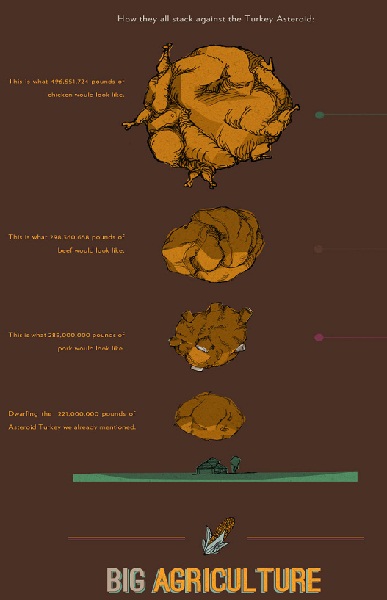













 Milder winters and hotter summers create a paradise for insect and plant diseases. Are you getting more tick and mosquito bites? Lyme disease and West Nile virus, and other mosquito and tick-borne diseases, have been moving northward as our part of the world warms. And with increasing temperatures and phosphorus loads, many have taken notice of
Milder winters and hotter summers create a paradise for insect and plant diseases. Are you getting more tick and mosquito bites? Lyme disease and West Nile virus, and other mosquito and tick-borne diseases, have been moving northward as our part of the world warms. And with increasing temperatures and phosphorus loads, many have taken notice of 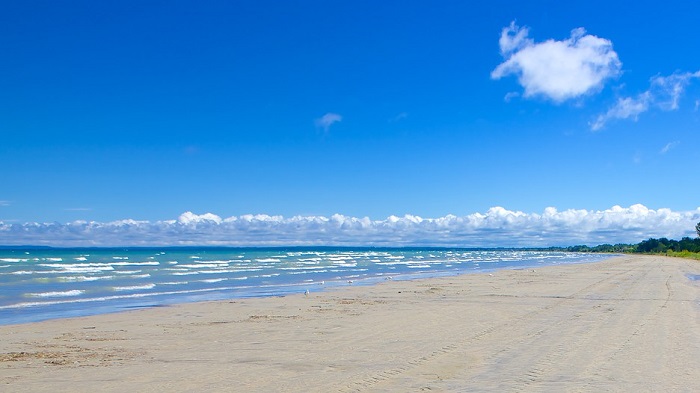

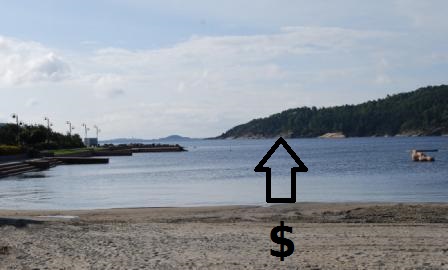

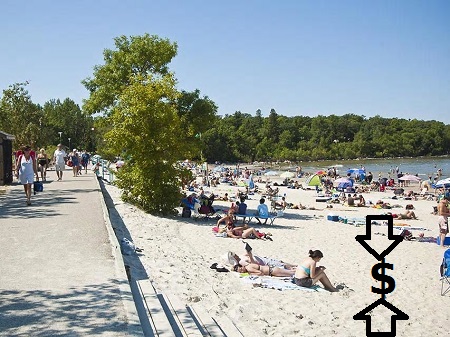

 1. Size doesn’t matter. Maybe you think your company has to grow bigger first before you can enjoy the benefits of energy consulting. But that’s not entirely true. Even a small company can enjoy huge advantages when an energy consultant is on board.
1. Size doesn’t matter. Maybe you think your company has to grow bigger first before you can enjoy the benefits of energy consulting. But that’s not entirely true. Even a small company can enjoy huge advantages when an energy consultant is on board.
